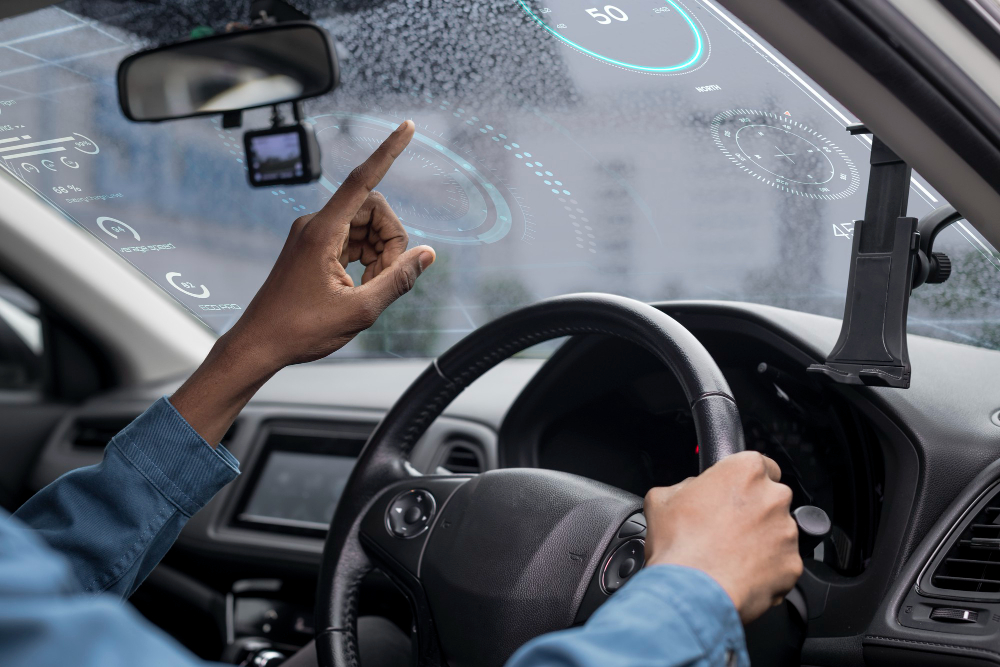In the age of urban expansion, managing traffic, ensuring road safety, and maintaining law enforcement efficiency have become central challenges for city administrators. As cities grow smarter, so must their surveillance systems. Among the most transformative technologies enabling this shift is the automatic license plate recognition system—a powerful AI-driven tool designed to streamline vehicle monitoring, improve security, and support intelligent traffic management.
Understanding ALPR in the Context of Smart Cities
An automatic license plate recognition system (ALPR or ANPR) is a computer-vision-based surveillance solution that captures and decodes vehicle license plates in real-time. By integrating optical character recognition (OCR), high-resolution imaging, and AI algorithms, these systems can automatically detect, read, and record vehicle registration data without human intervention.
In a smart city infrastructure, ALPR systems play a pivotal role by enabling:
- Automated vehicle identification
- Real-time tracking of stolen or suspicious vehicles
- Enforcement of traffic violations (e.g., red-light running, speeding)
- Data generation for urban mobility planning
- Secure entry/exit control in restricted zones
As urban mobility grows more complex, city surveillance strategies must evolve beyond traditional CCTV monitoring. ALPR provides the real-time intelligence and automation needed to handle high traffic volumes while boosting safety and compliance.
Key Applications in Urban Environments
1. Traffic Enforcement Automation
Nowadays, cities increasingly rely on automated systems to issue challans for offenses like overspeeding, signal violations, and lane jumping. To support this, ALPR cameras placed at key intersections and highways can capture violations and vehicle information instantly, thereby reducing manual effort and ensuring impartial enforcement.
2. Stolen Vehicle Detection
By connecting ALPR systems to national or regional databases, law enforcement can receive real-time alerts when a blacklisted or stolen vehicle is detected. This proactive capability enhances public safety and accelerates recovery operations.
3. Urban Planning and Congestion Management
Data collected by ALPR systems—such as vehicle counts, types, and travel patterns—therefore offers valuable insights into traffic density and behavior. As a result, urban planners can analyze this data to redesign intersections, plan alternate routes, or evaluate the need for new infrastructure.
4. Access Control in High-Security Areas
Government buildings, airports, and commercial hubs often require strict access monitoring. ALPR allows only authorized vehicles to pass through, maintaining strict control while minimizing delays at entry and exit points.
5. Integration with Multi-Modal Surveillance
In a connected surveillance ecosystem, ALPR can work in tandem with other technologies such as facial recognition, under-vehicle scanning systems, and radar-based traffic monitoring to form a comprehensive city-wide intelligence grid.
AI’s Role in Advancing ALPR Capabilities
Modern ALPR systems, powered by advanced artificial intelligence, offer significant advantages. Specifically, AI enhances image recognition accuracy, enables real-time processing at high speeds, and furthermore, allows systems to function effectively even under challenging conditions like poor lighting or adverse weather.
This technological evolution mirrors innovations seen in other domains, such as industrial safety. For instance, AI enhances real-time PPE monitoring in industries by recognizing safety gear compliance through visual AI models. Similarly, in urban environments, AI ensures accurate license plate detection across various fonts, languages, and plate designs—essential in regions with diverse vehicle registrations.
Benefits for Law Enforcement and Governance
The adoption of automatic license plate recognition system technologies is not merely about convenience—it represents a leap in how cities operate and protect their citizens. The benefits include:
- Improved Efficiency: Automated tracking eliminates the need for constant manual surveillance.
- Faster Response Times: Real-time alerts aid in quick deployment of police resources.
- Data-Driven Decision Making: Historical traffic data can inform long-term infrastructure projects.
- Cost Reduction: Once deployed, ALPR systems reduce the cost of human surveillance and error correction.
- Legal and Regulatory Compliance: Automated evidence collection ensures more robust legal proceedings and enhances transparency in enforcement.
Top 5 Companies Providing ALPR Services
As the demand for smart surveillance solutions rises globally, several companies stand out for their contributions to the ALPR space:
- Vehant Technologies – With a strong portfolio in smart traffic monitoring and AI-powered vehicle screening solutions, Vehant serves urban authorities with scalable and intelligent ALPR systems.
- Jenoptik – A global player known for its enforcement technology, Jenoptik offers ALPR as part of its speed and red-light violation solutions.
- Neology – Specializing in smart mobility, Neology delivers ALPR-based tolling, law enforcement, and border security systems.
- Kapsch TrafficCom – Focused on intelligent transportation systems, Kapsch integrates ALPR into a larger suite of traffic management tools.
- Conduent Transportation – With operations in several countries, Conduent provides scalable ALPR systems used for public safety, congestion pricing, and access control.
These companies are contributing to a broader ecosystem where ALPR is not just a surveillance tool, but a cornerstone of urban intelligence.
Conclusion
Today, the automatic license plate recognition system is no longer a futuristic concept—it’s a critical enabler of safer, smarter, and more efficient cities. By automating vehicle monitoring, strengthening law enforcement capabilities, and contributing to data-driven urban planning, ALPR systems are actively reshaping how cities function.
As we continue to build smart cities driven by AI, these systems will remain integral to sustainable urban governance. The synergy of intelligent surveillance with responsible deployment practices ensures that technology serves both security and society.


